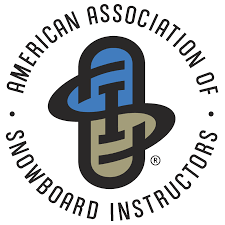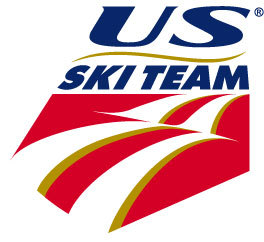
Image: thesnowpros.org
Over the course of a financial career spanning more than three decades, Keefe Gorman has held wealth management and leadership positions with Merrill Lynch. In addition to his work with major financial operators such as Bank of America and Merrill Lynch, Keefe Gorman, a professional skier, serves as a Professional Ski Instructors of America-certified ski instructor.
With more than 32,000 members, the Professional Ski Instructors of America and American Association of Snowboard Instructors (PSIA-AASI) is the world’s largest ski and snowboard organization. For nearly six decades, PSIA-AASI has represented the interests of skiers and snowboarders in various areas of athletics and instruction, including safety.
The ski and snowboard Responsibility Code is the most widely recognized doctrine for trail safety, having gained the support of numerous relevant bodies including the National Ski Areas Association (NSAA). The Responsibility Code sets forth several important standards of ski and snowboard conduct, namely maintaining control of one’s speed and direction at all times and obeying right of way rules. According to the code, right of way typically belongs to individuals further down the mountain, as they cannot monitor the movements of skiers and boarders behind them. However, individuals who are merging with a trail must look in both directions and wait for a safe opportunity to join it.
Additional aspects of the ski and snowboard Responsibility Code include preventing the progress of runaway equipment whenever possible, learning and obeying relevant trail markers, and learning how to properly use a ski lift.



